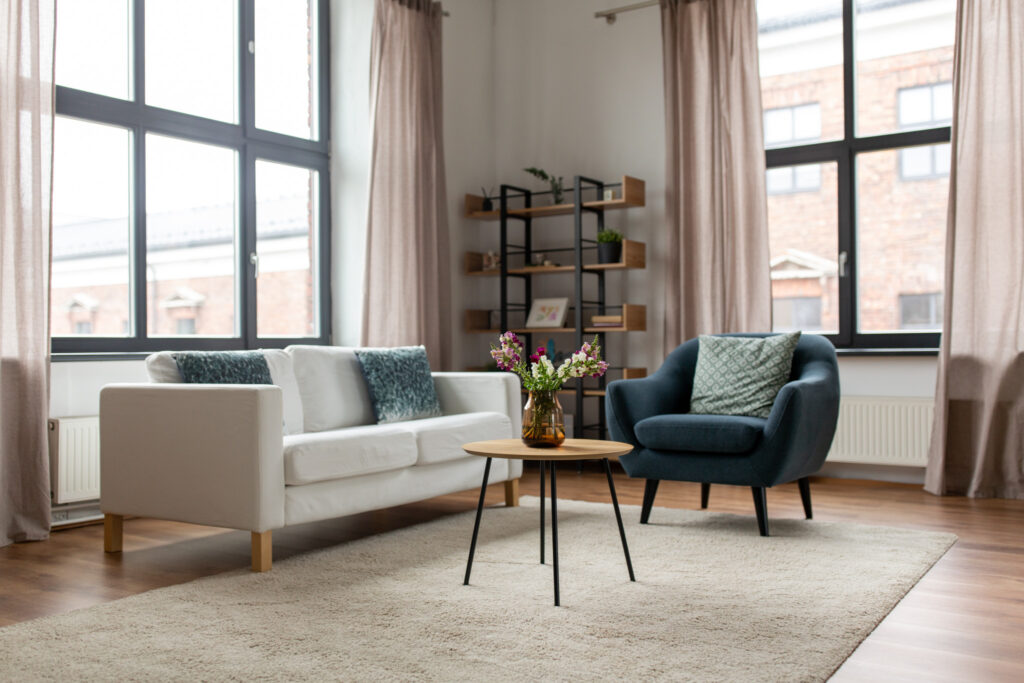As housing costs rise and family dynamics evolve, multi-generational living is becoming increasingly common. According to the Pew Research Center, nearly one in five Americans now lives in a multi-generational household. Whether due to aging parents moving in, adult children returning home, or families pooling resources, the trend toward shared living spaces has sparked a new demand in architecture and interior design: the multi-generational home.
Designing a home that accommodates multiple generations is about more than just adding extra bedrooms; it’s about creating a space that fosters unity and harmony among family members. It requires thoughtful planning, consideration of privacy, and adaptable layouts that work for people at various life stages—from toddlers to grandparents. Let’s explore the key elements that make multi-generational home design both functional and harmonious.
1. Understanding Multi-Generational Needs
Each family is unique, and so are their needs. Typically, a multi-generational home may include:
- A nuclear family (parents and children)
- Aging parents or in-laws
- Adult children (often post-college)
- Sometimes, even extended relatives like cousins or uncles
Designing such a space involves accommodating diverse mobility levels, varying privacy expectations, noise sensitivities, and daily routines. The goal is to ensure that every family member feels both connected and independent.
2. The Importance of Privacy
Privacy is one of the most crucial aspects of a successful multi-generational design. When several generations live under one roof, personal space becomes vital to maintaining healthy relationships.
Solutions Include:
- Private Entrances: Separate entrances for in-law suites or basement apartments can create a sense of autonomy and privacy, enhancing the overall living experience.
- En-suite Bathrooms: Adding an attached bathroom to a bedroom minimizes bathroom traffic and increases comfort.
- Zoned Living Areas: Separating sleeping areas and creating distinct zones (e.g., a second living room or kitchenette) provides each generation with a designated space to retreat and unwind.
3. Flexible and Adaptable Layouts
Today’s multi-generational homes are often designed with flexibility in mind. What works for an aging parent today may need to adapt for a returning adult child in the future.
Key Features:
- Convertible Rooms: Offices that double as bedrooms, or garages converted into living spaces, offer flexible layouts.
- Open Concept Living Areas: While private spaces are critical, large communal areas encourage family bonding.
- Movable Partitions: Sliding doors or room dividers offer privacy when needed and open space when desired.
4. Accessibility for All Ages
A multi-generational home must account for accessibility—especially for older family members or individuals with disabilities.
Accessibility Design Considerations:
- No-Step Entryways: Eliminating stairs at entrances makes it easier for seniors or wheelchair users.
- Wider Doorways and hallways allow for more straightforward navigation for walkers and wheelchairs.
- Grab Bars and Walk-In Showers: Safety features in bathrooms help prevent slips and falls.
- First-Floor Bedrooms: Keeping essential living quarters on the ground level reduces the need for stair climbing.
5. Kitchen and Dining Design
The kitchen is often the heart of the home—but in multi-generational households, it must serve a broader range of needs.
Considerations:
- Dual Kitchenettes: Adding a secondary kitchenette or wet bar provides extra prep and cooking space.
- Expanded Storage: With more residents, there will be more food, dishes, and utensils—ensuring ample pantry and cabinet space.
- Seating for All: Open-plan kitchens with extended islands or large dining tables can easily accommodate family meals and gatherings.
6. Shared and Private Living Spaces
Balancing communal and private spaces ensures that no one feels crowded, and everyone has a spot to relax or socialize.
Shared Spaces Might Include:
- Great Rooms: Large family rooms for watching TV, playing games, or spending time together.
- Outdoor Areas: Decks, patios, or gardens serve as great shared spaces for all age groups.
Private Spaces Should Include:
- Quiet Zones: Reading nooks, meditation corners, or hobby rooms for solitary activities.
- Study Areas: For kids or adults working from home, dedicated quiet areas improve focus and productivity.
7. Soundproofing and Acoustics
Noise is a common complaint in busy homes. Soundproofing becomes vital in multi-generational setups.
Techniques:
- Insulated Walls and Doors: Keep sound from traveling between rooms.
- Area Rugs and Drapes: These materials help absorb sound.
- Dedicated Media Rooms: Keeping loud entertainment confined to one space helps maintain peace throughout the rest of the house.
8. Separate Utility Systems (Optional)
If budget and local building codes allow, some homeowners install separate utility systems or HVAC zones. This allows different parts of the home to maintain different temperatures and utility usage—particularly helpful if part of the home is used as a semi-independent apartment.
9. Legal and Zoning Considerations
Before starting a multi-generational build or renovation, check local zoning laws. Some municipalities have regulations regarding the construction of in-law suites, accessory dwelling units (ADUs), or secondary entrances.
Permits may be required for:
- Adding kitchens or bathrooms
- Converting garages or basements
- Building detached guesthouses
Consult with an architect, contractor, or local planning department as early in the process as possible.
10. Real Estate and Resale Value
Multi-generational homes can add long-term value to your property. As demand for flexible living arrangements grows, buyers are increasingly seeking homes that offer such versatility.
However, overly customized layouts may limit resale appeal. Design choices that are adaptable rather than hyper-specific tend to perform better in the real estate market.
Final Thoughts
Multi-generational living is about finding the right balance between privacy and togetherness, independence and support. With careful planning and thoughtful design, a multi-generational home can foster deeper relationships while respecting each resident’s space and lifestyle.
As our families grow and change, our homes must evolve with them. Multi-generational home design isn’t just a trend—it’s a future-forward approach to living that honors both tradition and innovation.
Learn More About Our Real Estate Services and How We Can Help You Buy or Sell Your Home
Let me know if you need links for specific sections or pages on the website!
Thank you for reading! If you enjoyed this article and want to explore more content on similar topics, check out our other blogs at Sonic Loans, Sonic Realty, and Sonic Title. We have a wealth of information designed to help you navigate the world of real estate and finance. Happy reading!



